Alberto Campo Baeza:加的斯是一个神奇的地方,就像一片人间天堂。我们在这里建造了一个面向无垠大海的无限平面,这是我们建造过的最疯狂的房子。在连接新旧大陆的大西洋海域边缘,在所有过去现在从地中海驶进大西洋的船只都必经的地方,我们创造了一个石头平台。
Alberto Campo Baeza:On a marvelous place like a piece of earthly paradise, at Cádiz, we have built an infinite plane facing the infinite sea, the most radical house we have ever made. At the very edge of the waters of the Atlantic Ocean, where the sea unites the new and the old continent, emerges a stone platform. At the place where all the ships from the Mediterranean used to pass and still pass by as they head off into the Atlantic.
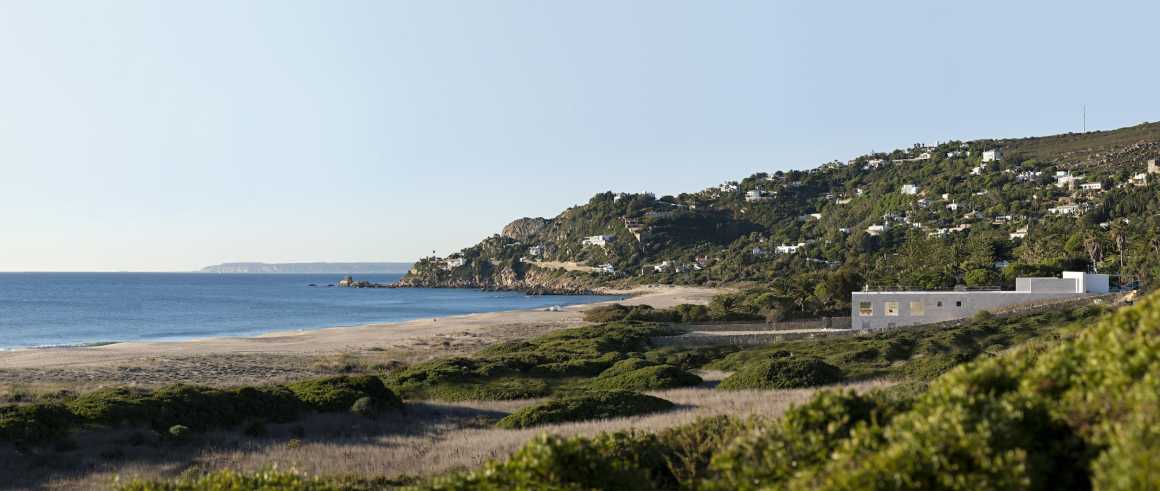
我们在这里建的房子,就好像是一座临海的码头。这所房子是一个由上面的水平面构成的平台。在这个明亮、空旷的水平面上,我们面向着远处的地平线,那是夕阳西下的地方。这个在石头上的,用像沙子一样的罗马凝灰石筑造的水平平面,就是面向大海的无限平面。它让一切都那么恰到好处,不多也不少。
There we have erected a house as if it were a jetty facing out to sea. A house that is a podium crowned by an upper horizontal plane. On this resoundingly horizontal plane, bare and denuded, we face out to the distant horizon traced by the sea where the sun goes down. A horizontal plane on high built in stone, Roman travertine, as if it were sand, an infinite plane facing the infinite sea. Nothing more and nothing less.
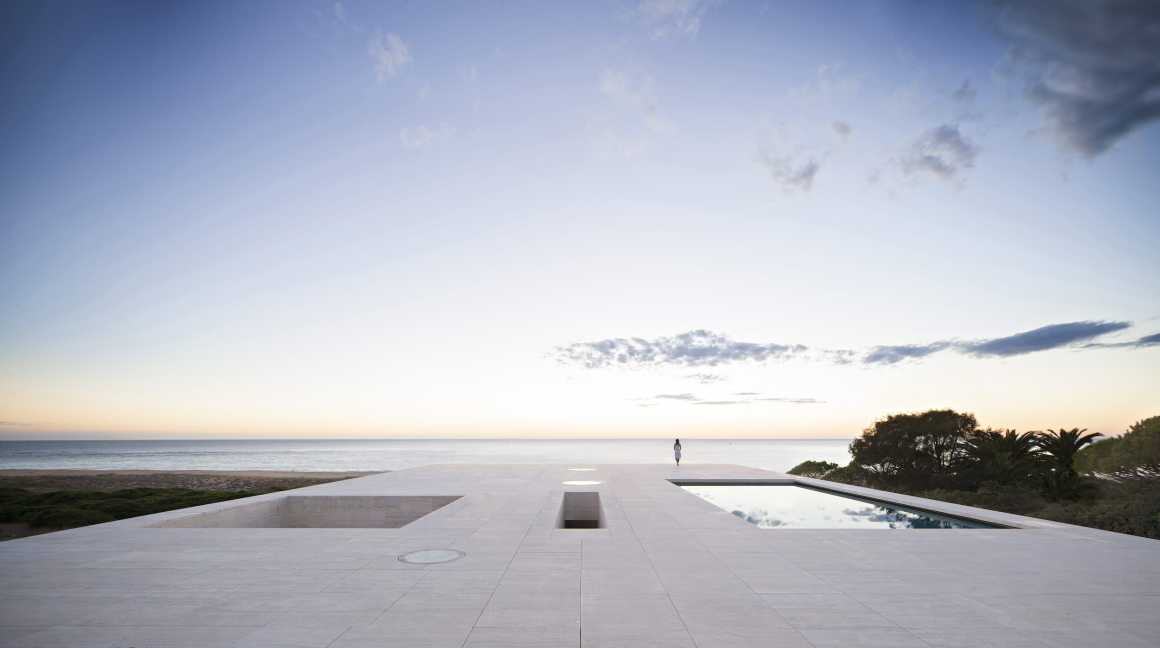
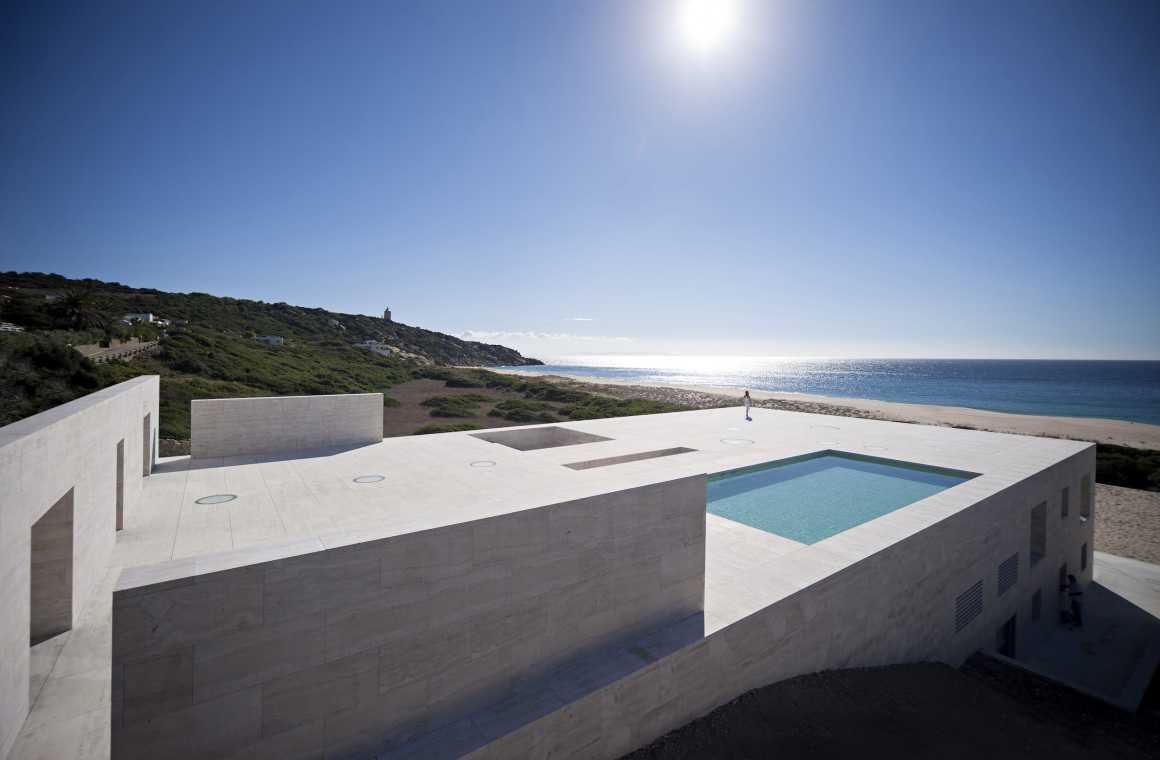
为了实现这个高架的水平平面,也就是房子的主客厅,我们建造了一个20米宽,36米进深的“大盒子”。在12米的原始地形基础下,我们还在坚硬的岩石中另外挖掘了两层,以开发整个生活空间。
To materialize this elevated horizontal plane, which is the main living room of the house, we built a large box with 20 meters of frontage and 36 meters deep. And under those first 12 meters we excavated two floors in the solid rock to develop the whole living space.
罗马人几百年前就生活在这里了,博洛尼亚就是罗马渔业工厂的遗址,罗马人曾在这里生产加鲁姆(garum),为他们的神建造庙宇,博洛尼亚离这里只有一箭之遥。为了纪念他们,我们用罗马凝灰石建造了我们的房子,就像一座石砌卫城。
The Romans were there a handful of centuries ago. Bolonia, the ruins of the Roman fishing factories where they produced garum and built temples to their gods, is just a stone’s throw away. In their honor we have built our house, like an acropolis in stone, in roman travertine.
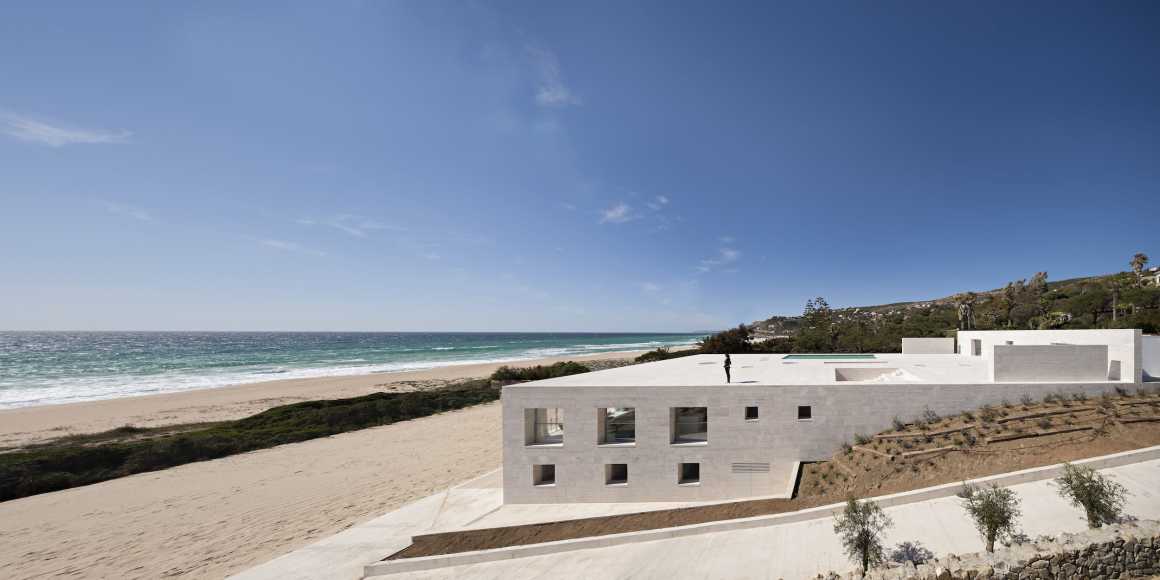
为了给平台带来更大的能量,我们整合了所有地形,远至将我们与街道隔开的,也用罗马凝灰石制作的入口墙。一旦进入墙内,房子的入口将通过楼梯形式的“沟渠”引导人们到达平台的上表面。
To give even greater force to the platform we incorporated all the terrain as far back as the entrance wall separating us from the street, also done in Roman travertine. Once inside the wall, the entrance to the house will be via a “trench” in the form of stairs dug into the upper surface of the platform.
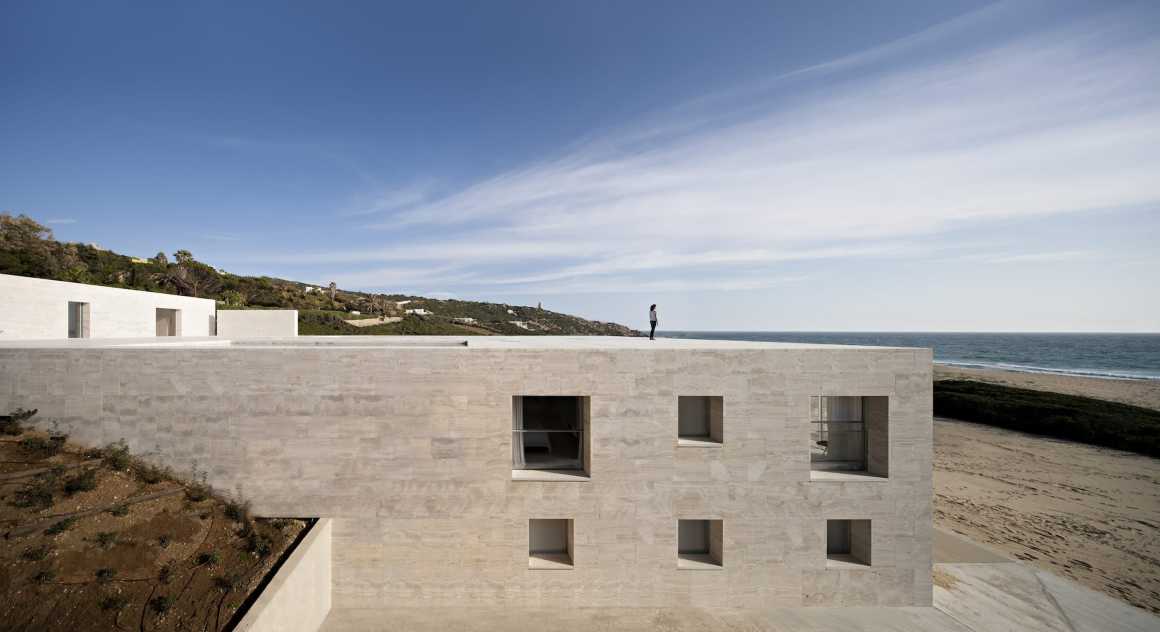
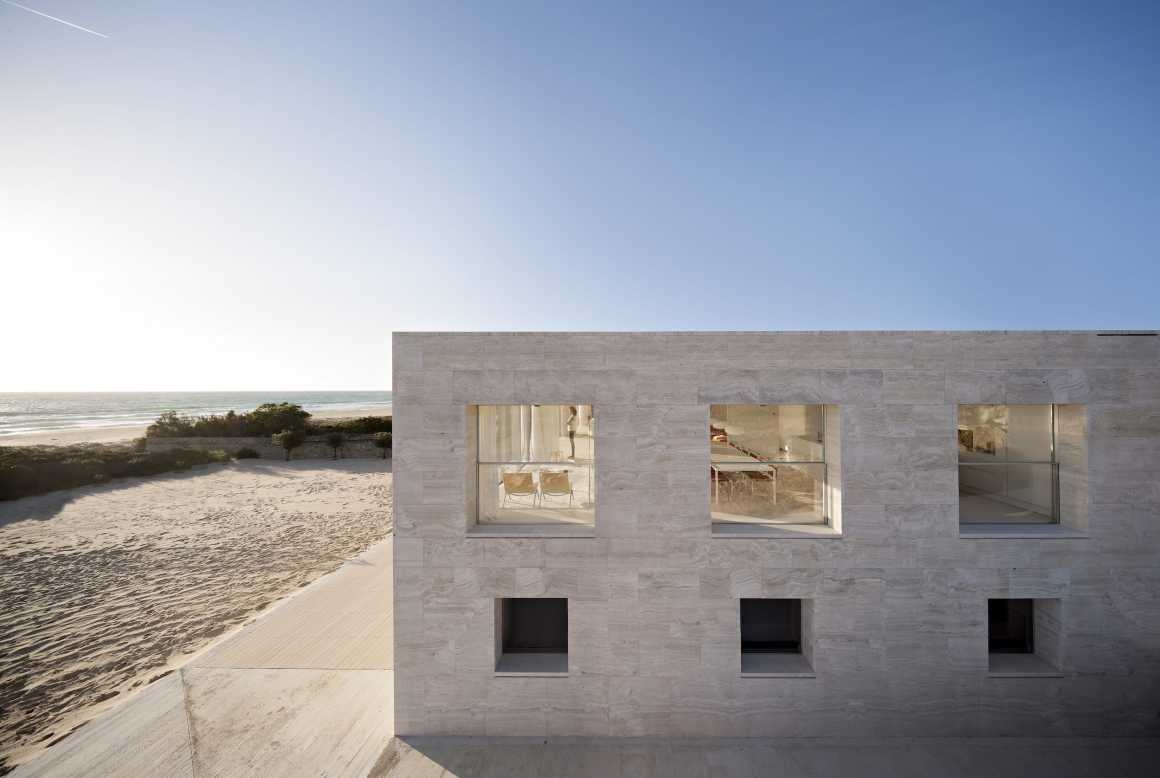
一位希腊诗人曾说过,这是一个真正的聚会之地,在神话中,人类和上帝就在这里相聚。
A Greek poet said that this is a true temenos, a meeting-place, where according to mythology, humans and gods come together.
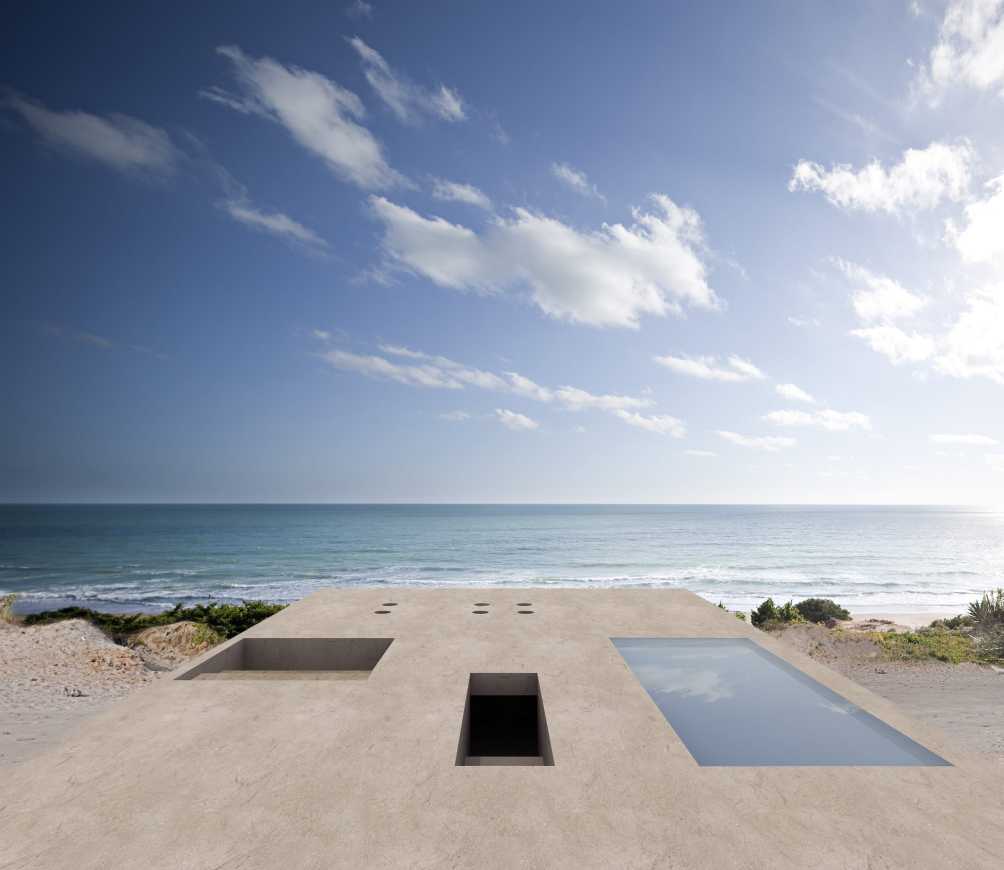
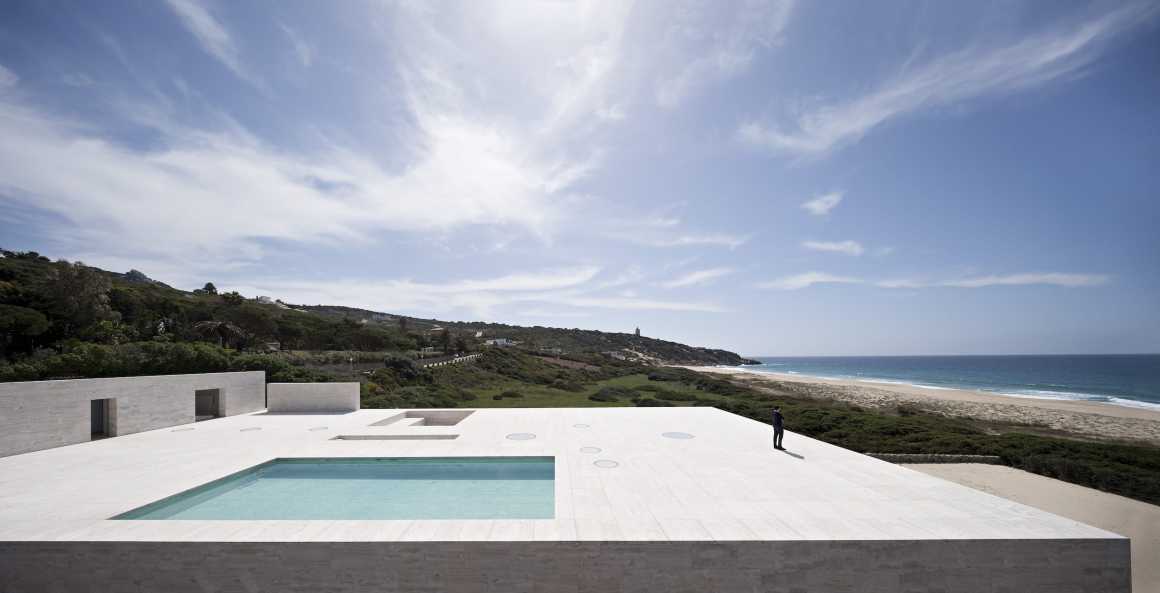
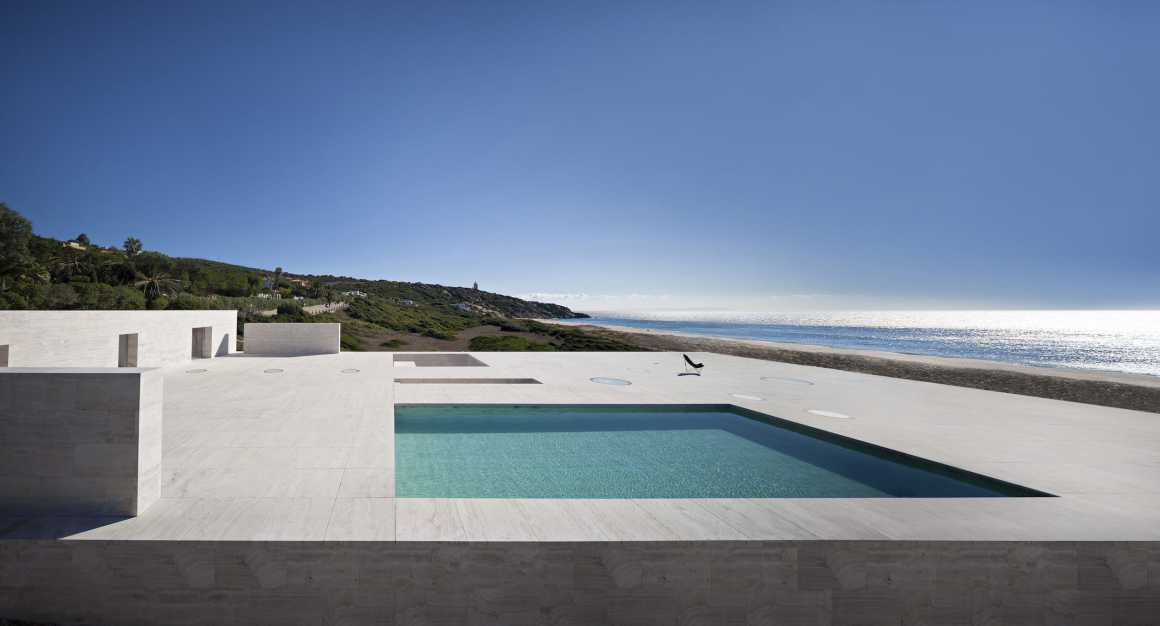
在光秃秃的石阶上,有三堵墙包围着我们,保护我们免受盛行的强风的侵袭,有时又好像有人打开了装有风神之风的袋子,呼啸而来的风就好像尤利西斯回家的船上的风一样。
On the denuded stone platform, three walls surround us and protect us from the prevailing strong winds. Sometimes it is as if someone had opened the bag containing the winds of Aeolus. The same winds that drove on the vessel in which Ulysses made his journey home.
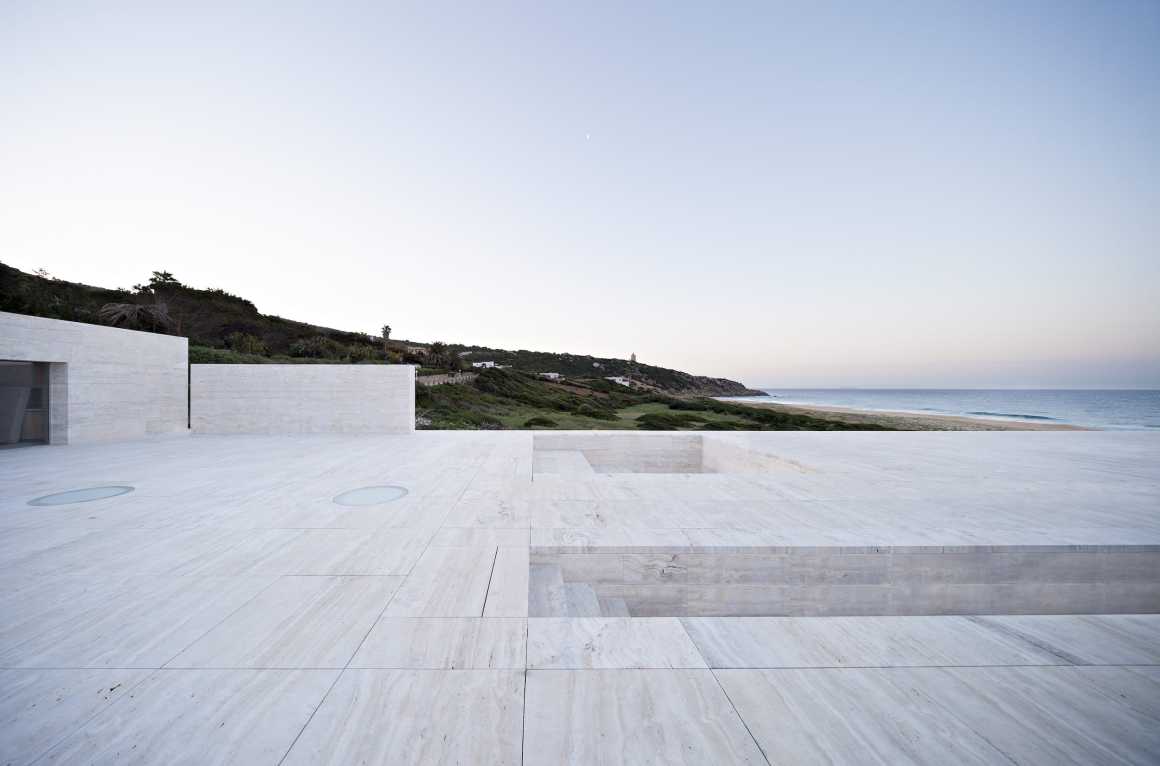
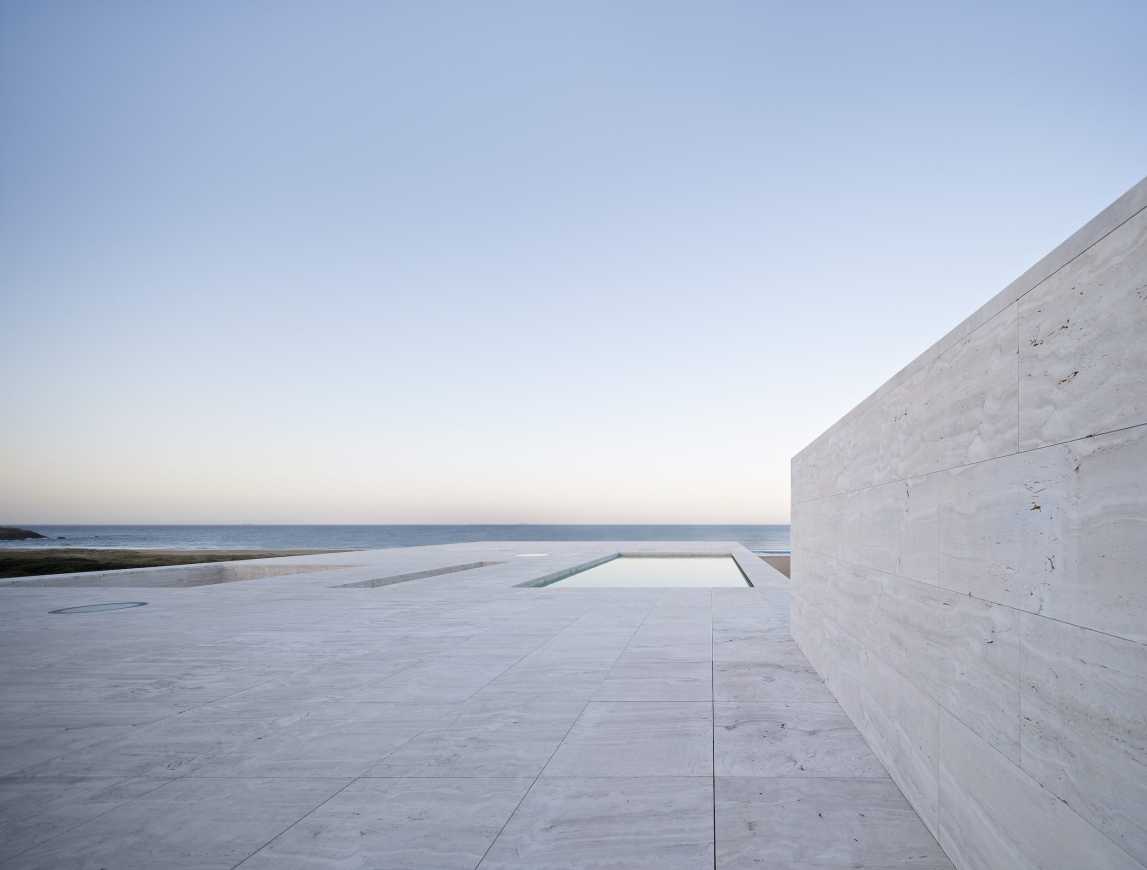

伦勃朗(Rembrandt)在1655年创作的一幅可爱的蚀刻画《基督呈现在人民面前》(Christ before the People)一直令我着迷。在这幅画中,伦勃朗画了一条完全水平的直线,这是一个强大的平台边界。密斯也经常把飞机排成一条直线。我确信伦勃朗和密斯都会喜欢我们的无限平台,这个纯粹的无限平台。阿德阿尔贝托·利伯拉(Adalberto Libera)也是如此,他在卡普里建造自己的马拉帕特(Malaparte)住宅时也是这么做的。我们也喜欢它。当我们从海滩上看我们的房子时,我们会想起他们所有人。
There is a lovely etching by Rembrandt from 1655, “Christ Presented before the People”, that has always fascinated me. In it, Rembrandt sketches a straight horizontal line. Perfectly straight and perfectly horizontal. It is the border of the powerful dais, the podium upon which the scene takes place. There, as Mies did so often, he has made the plane into a line. I am certain that Rembrandt and Mies would like our podium house, all podium, only podium. As would Adalberto Libera, who did the same thing when he built his Malaparte House in Capri. And we like it too. And when we look at our house from the beach, we will be reminded of all of them.
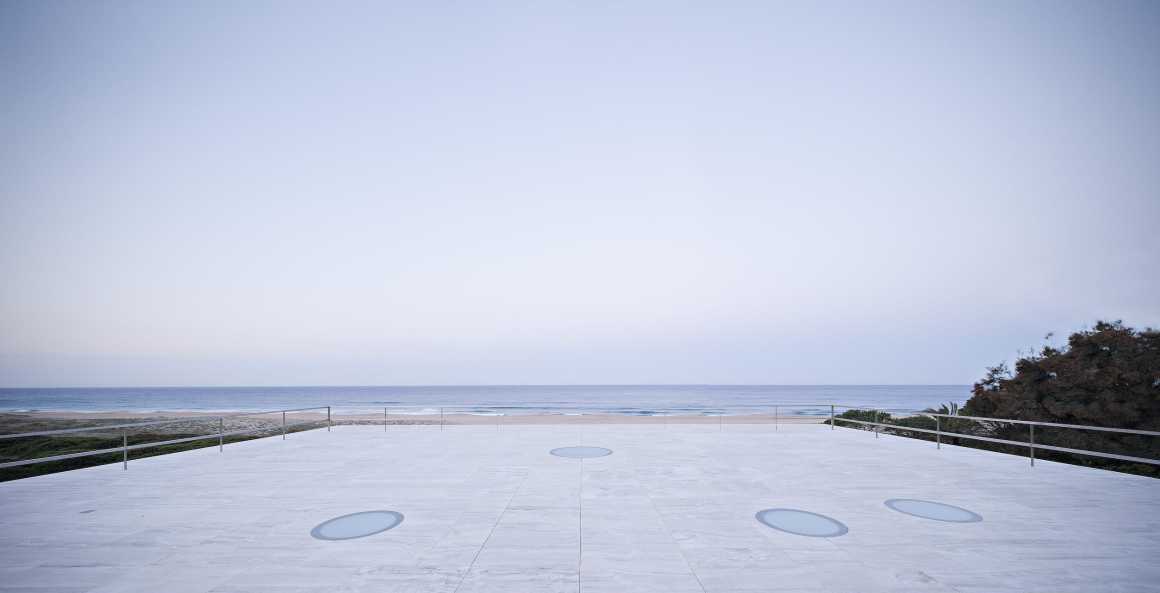
我们希望这所无限之屋不仅能够让人们感受到“静止”的时间,而且能够永远留在人类的心灵思想中。
We wanted this house to be capable not only of making time stand still, but to remain in the minds and hearts of humankind.The house of the infinite.
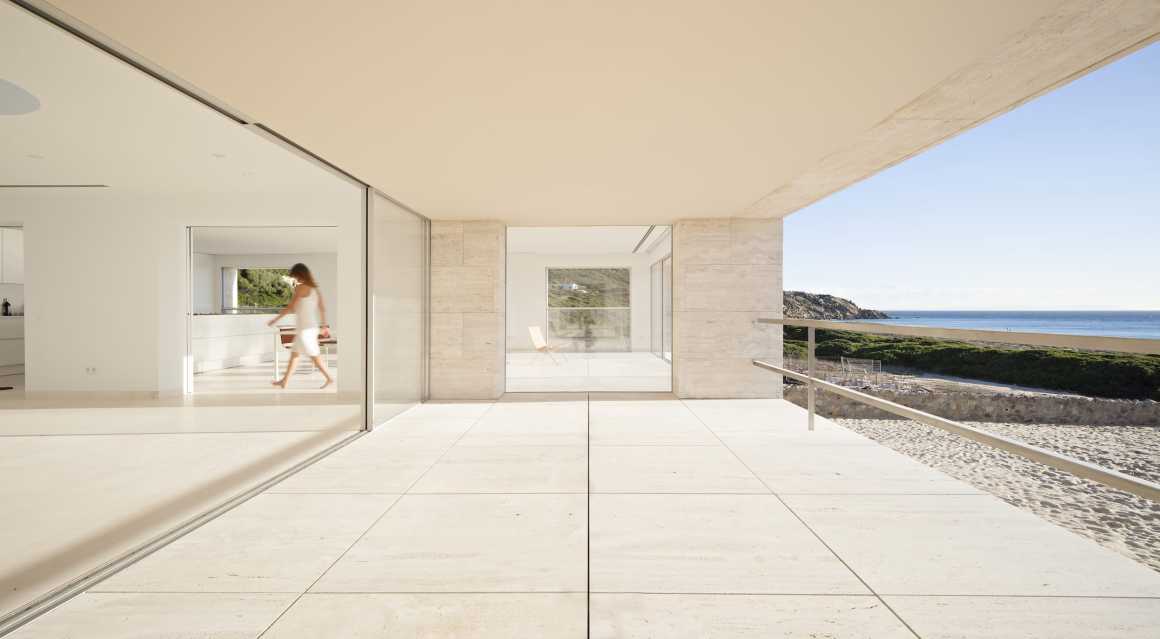
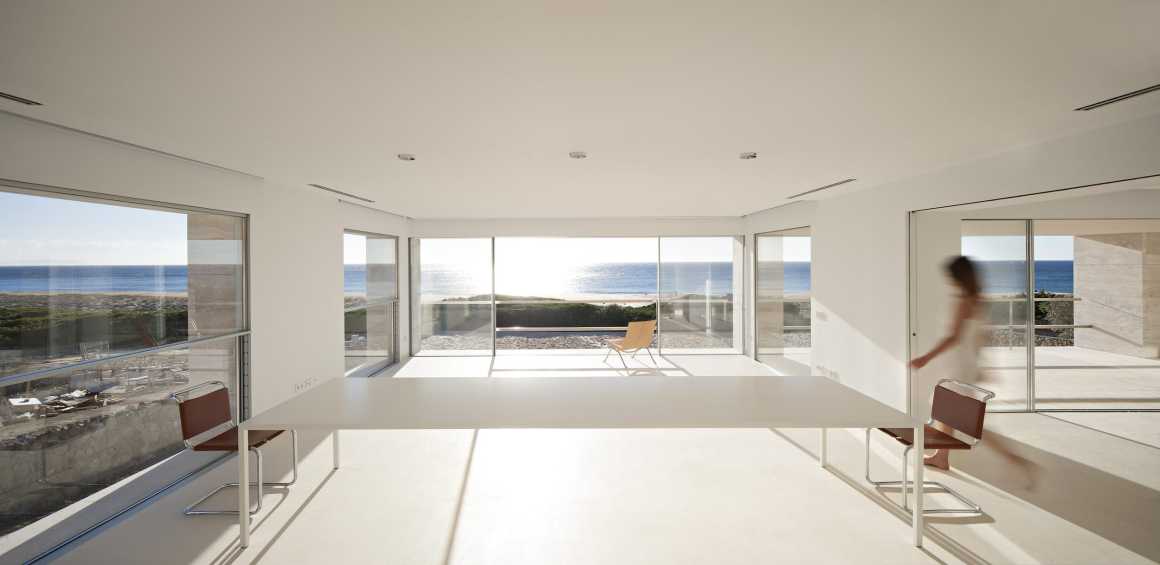

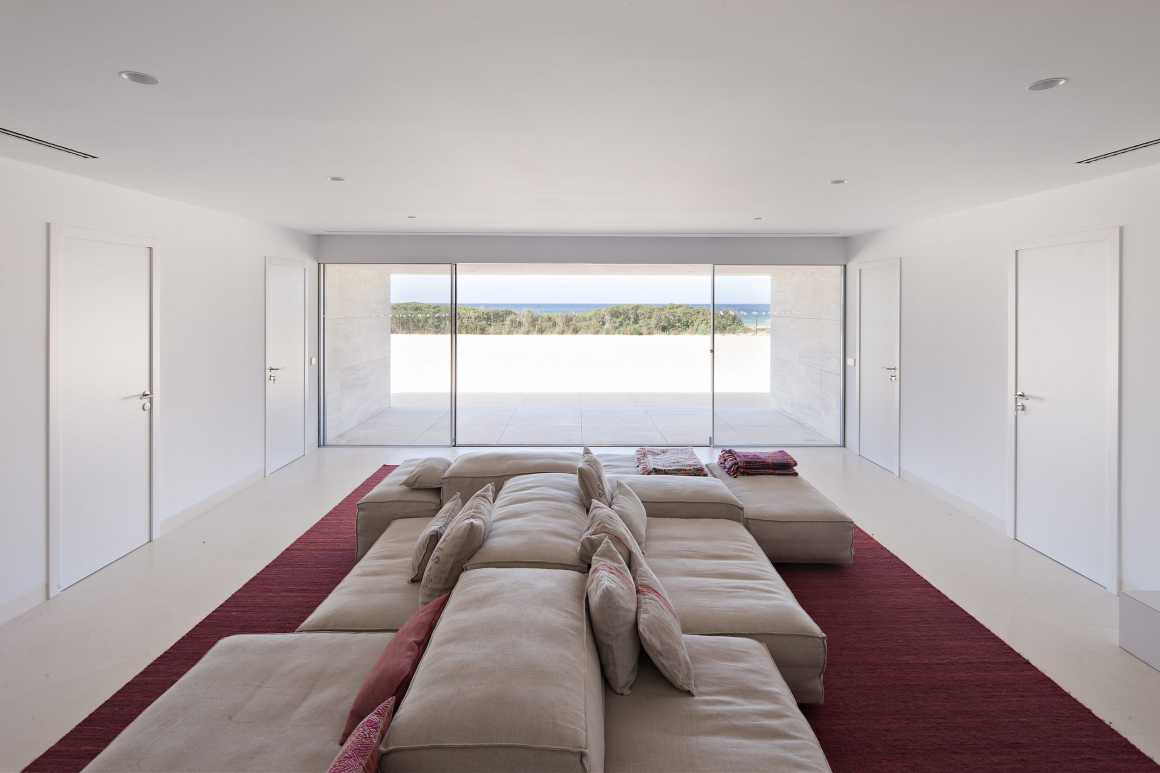
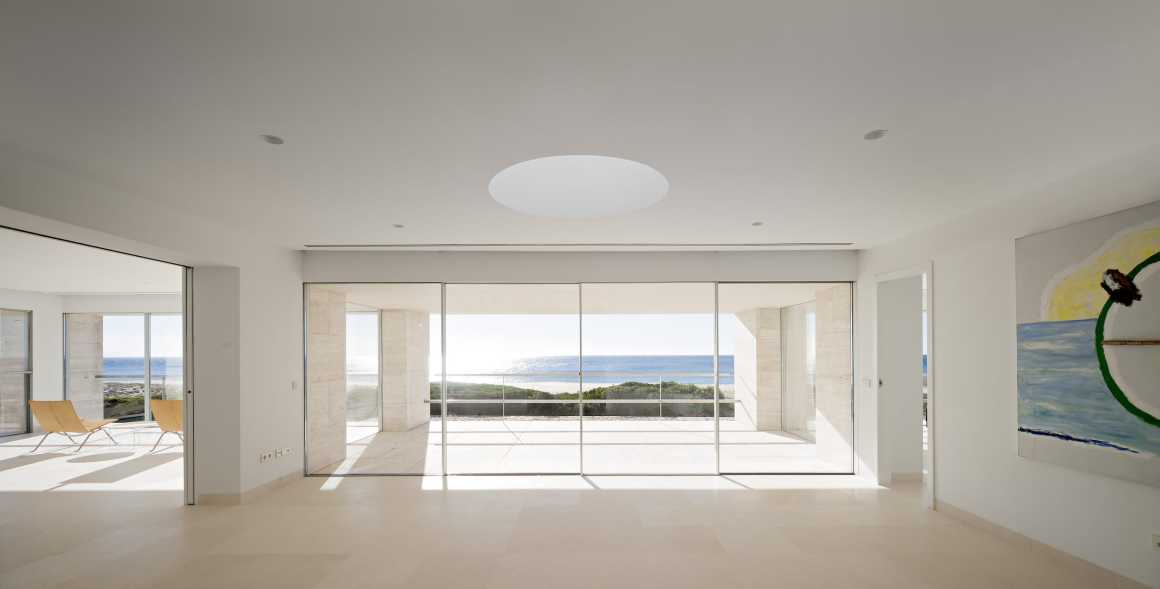
▼设计草图 Sketch
© Alberto Campo Baeza
▼各层平面图 Plans
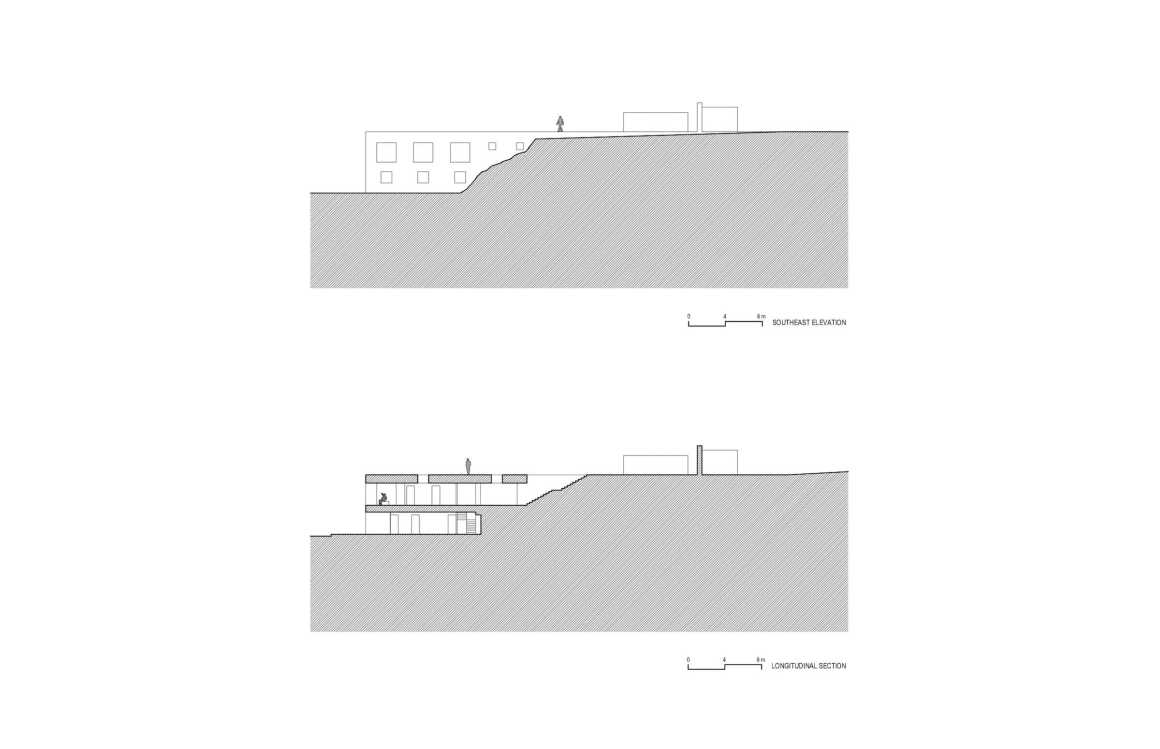
▼建筑模型 Model
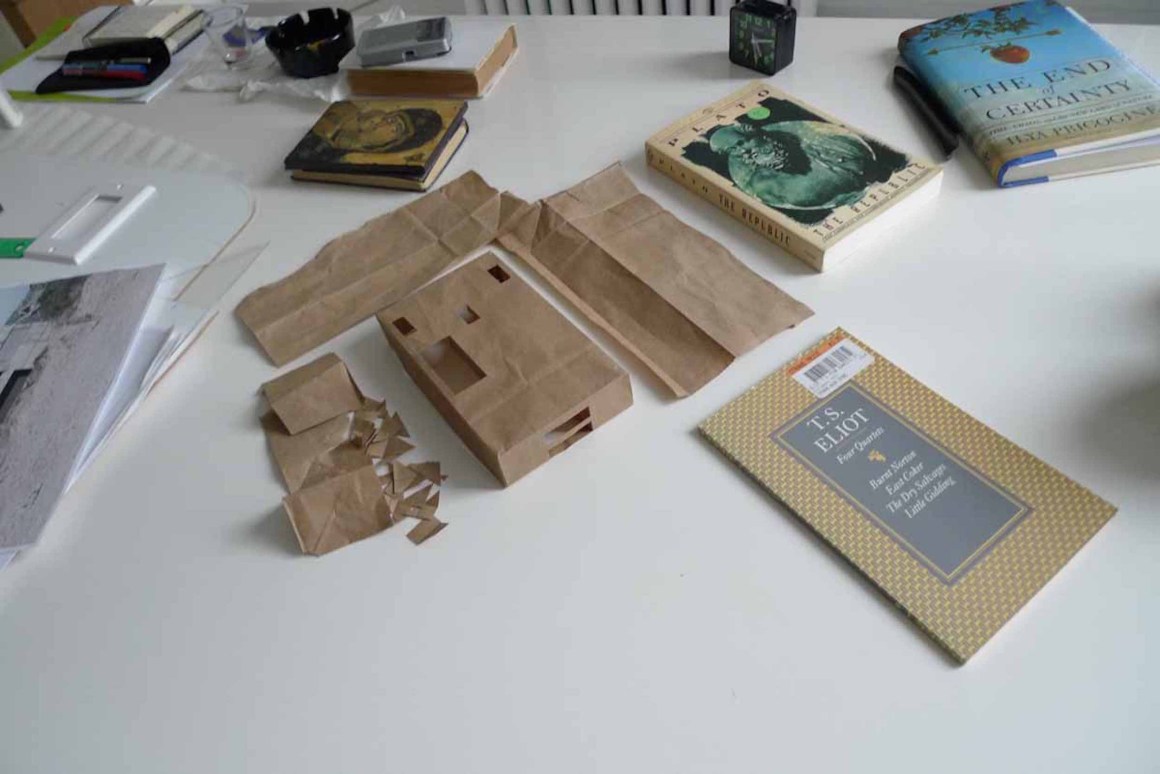
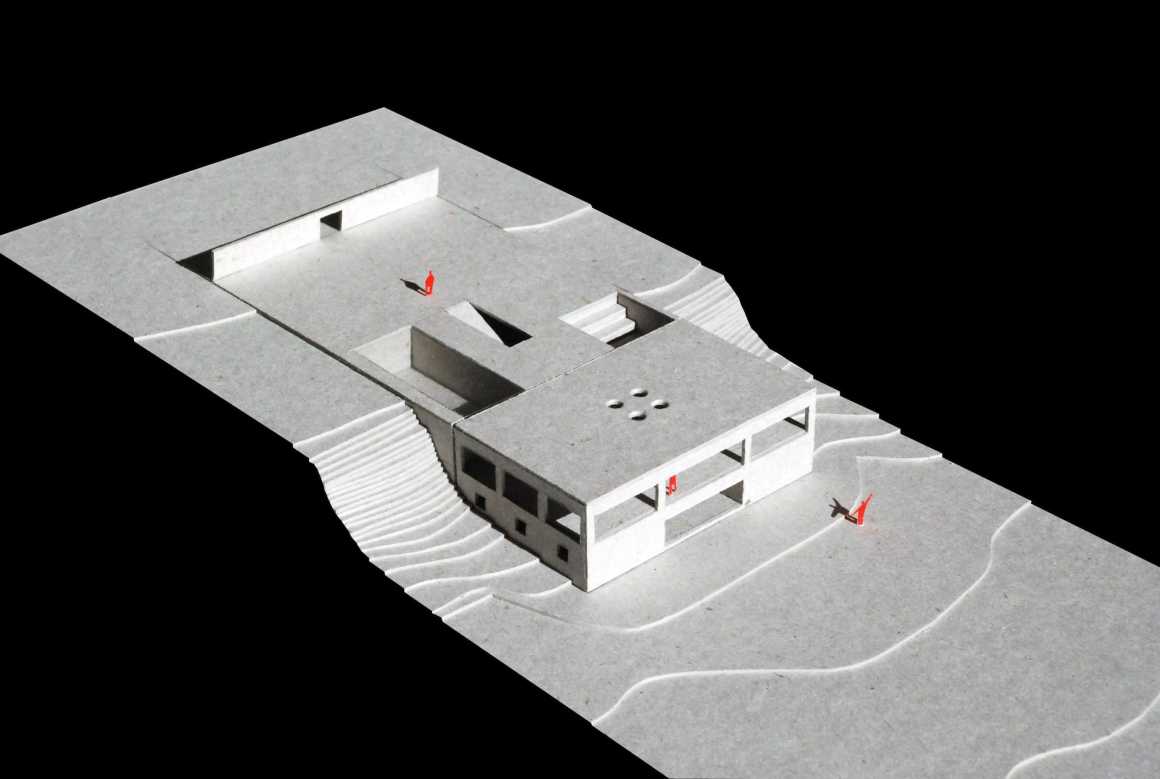
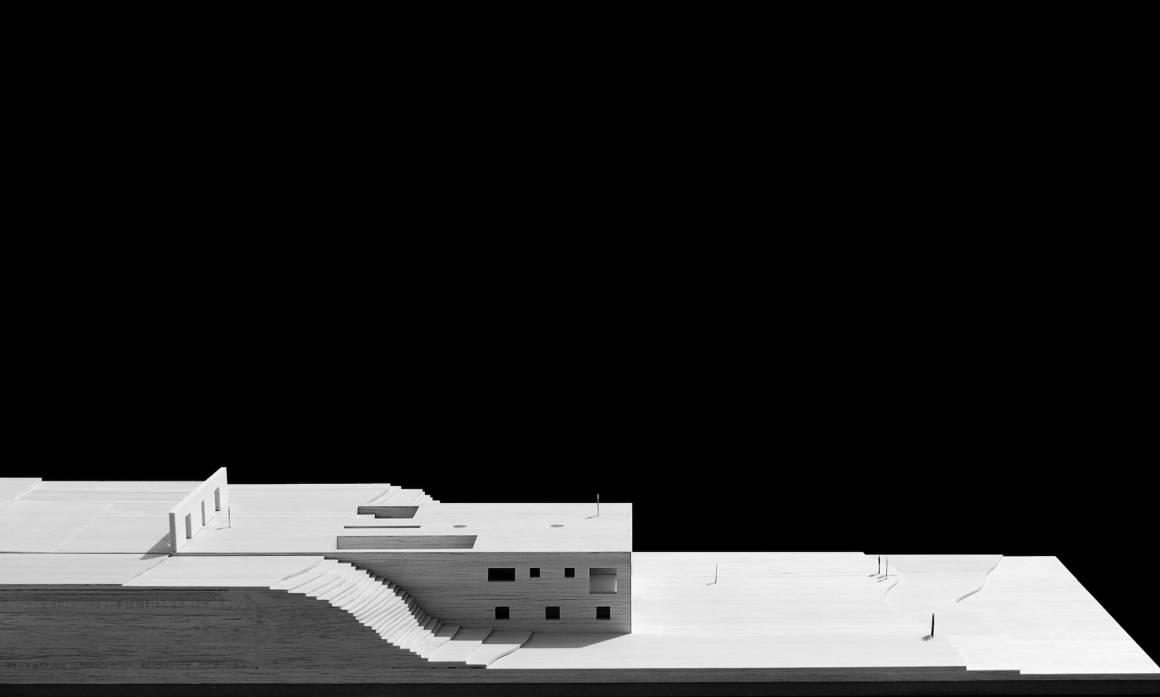
建筑设计: Alberto Campo Baeza
地点: 西班牙加的斯
客户: 私人
项目年份: 2012年
完成时间: 2014年
面积: 900平方米
建筑师: tomas Carranza(建筑总监),Javier Montero(建筑总监),Alejandro Cervilla garcia, Ignacio Aguirre lopez, Gaja Bieniasz, agustino Gor, Sara Oneto
结构: Andrés Rubio Morán
工料测量师: Manuel Cebada Orrequia
Contractor: Chiclana
质量控制: Laboratorios Cogesur
摄影师: Javier Callejas Sevilla
Architect: Alberto Campo Baeza
Location: CÁDIZ
Client: Private
Project: 2012
Completion: 2014
Area: 900 m2
Collaborators architects: Tomás Carranza (codirector of construction), Javier Montero ( codirector of construction), Alejandro Cervilla García, Ignacio Aguirre López, Gaja Bieniasz, Agustín Gor, Sara Oneto
Structure: Andrés Rubio Morán
Quantity Surveyor: Manuel Cebada Orrequia
Contractor: Chiclana
Quality control: Laboratorios Cogesur
Fotographer: Javier Callejas Sevilla
更多 Read more about: Alberto Campo Baeza


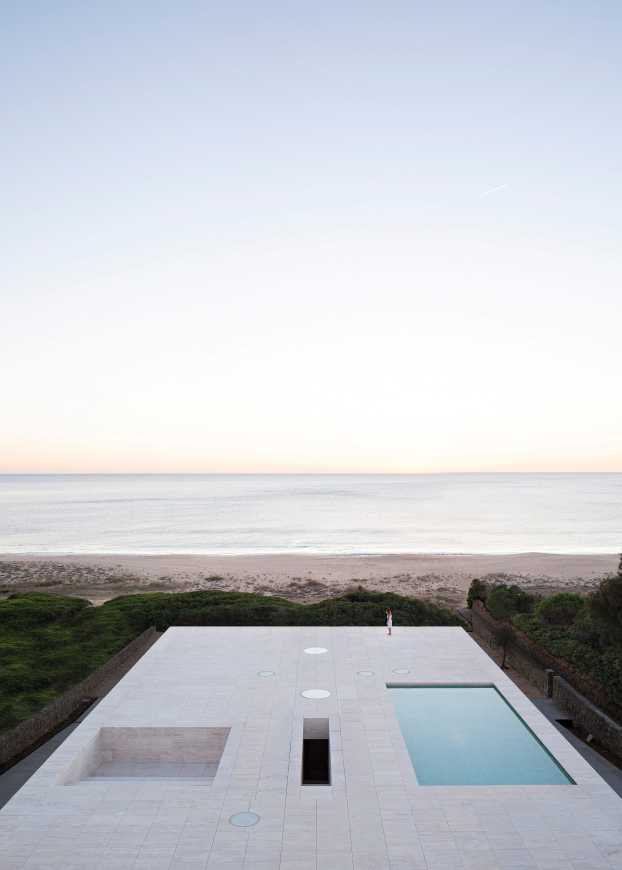
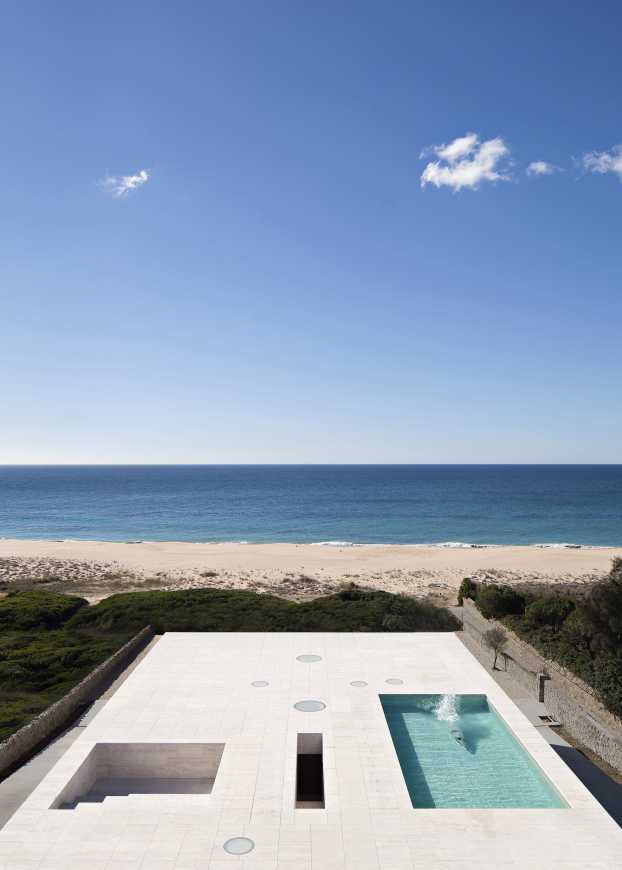
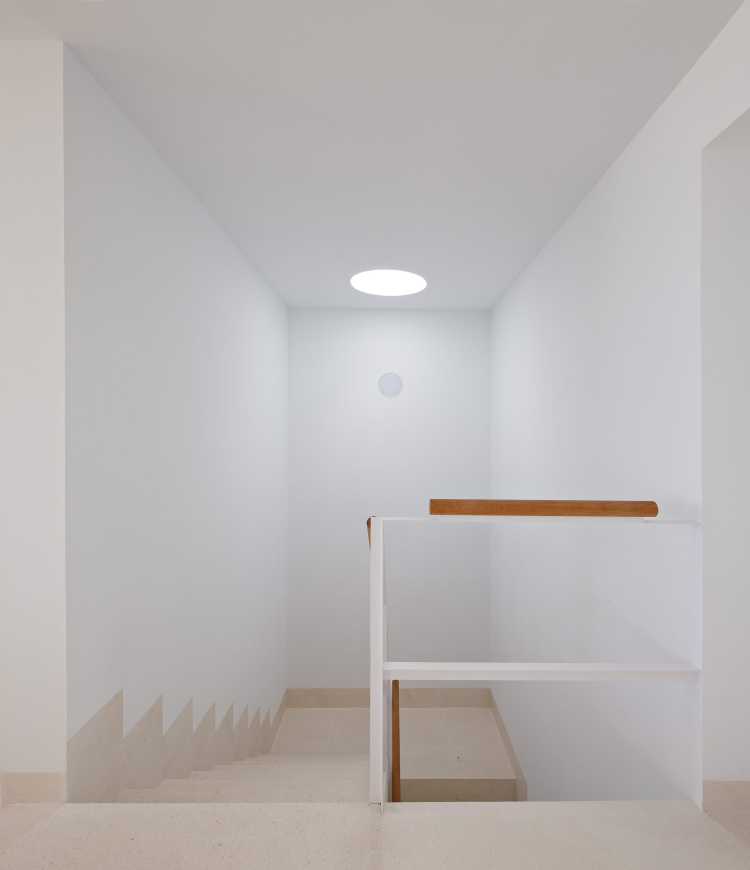
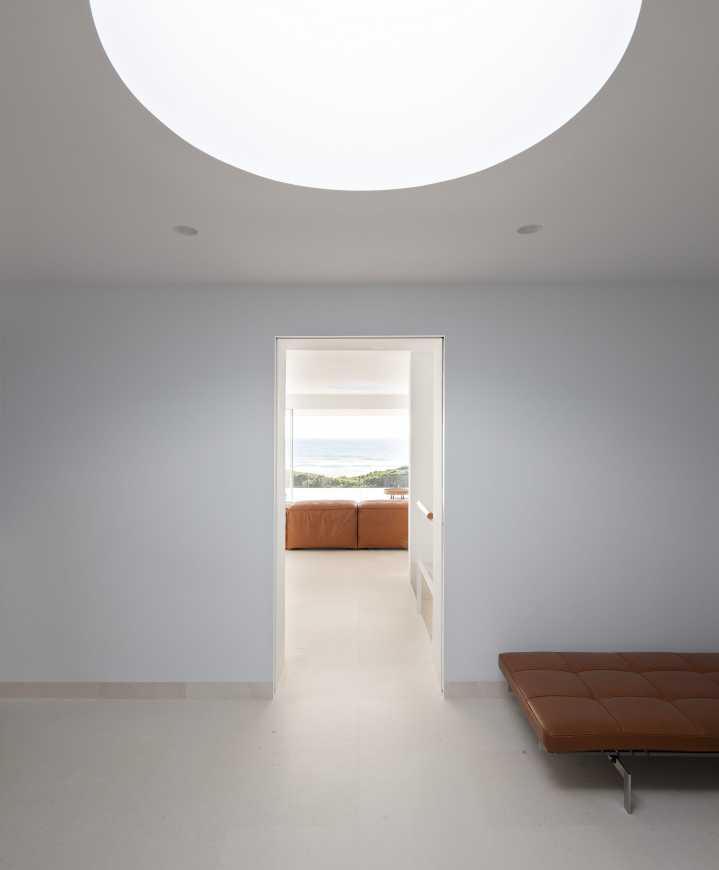





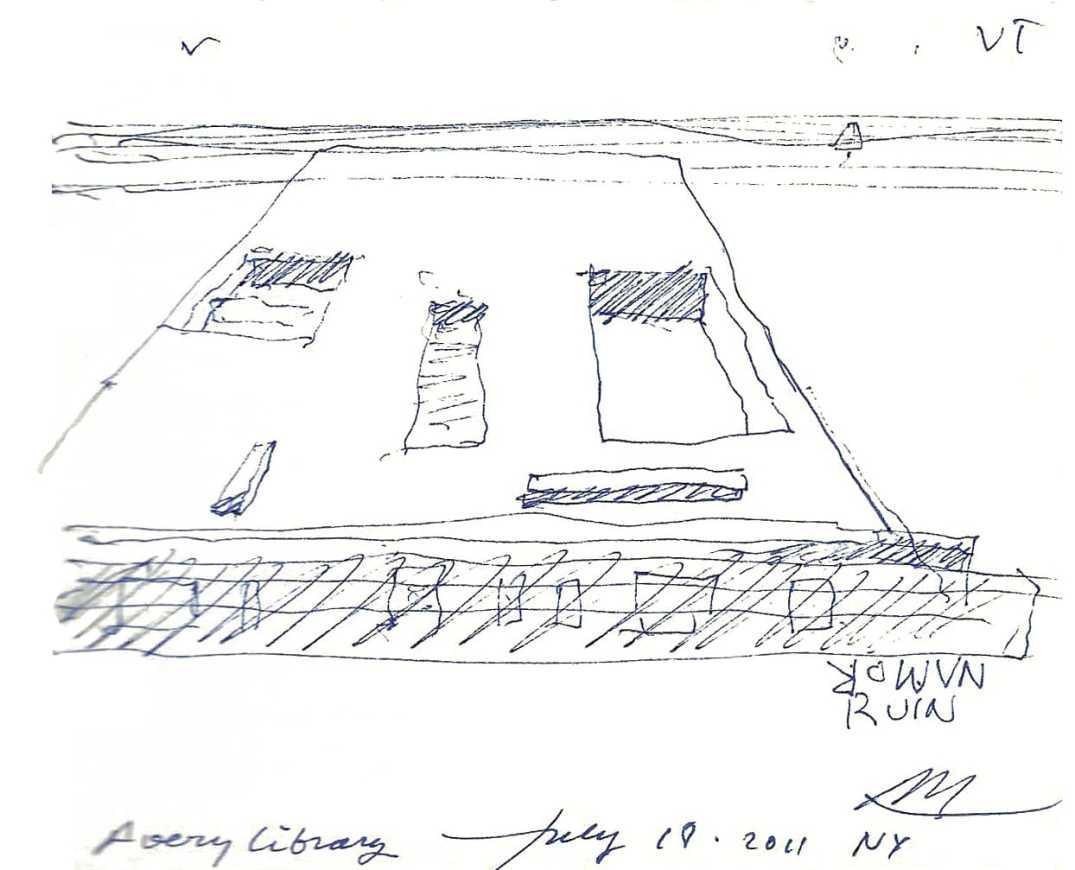
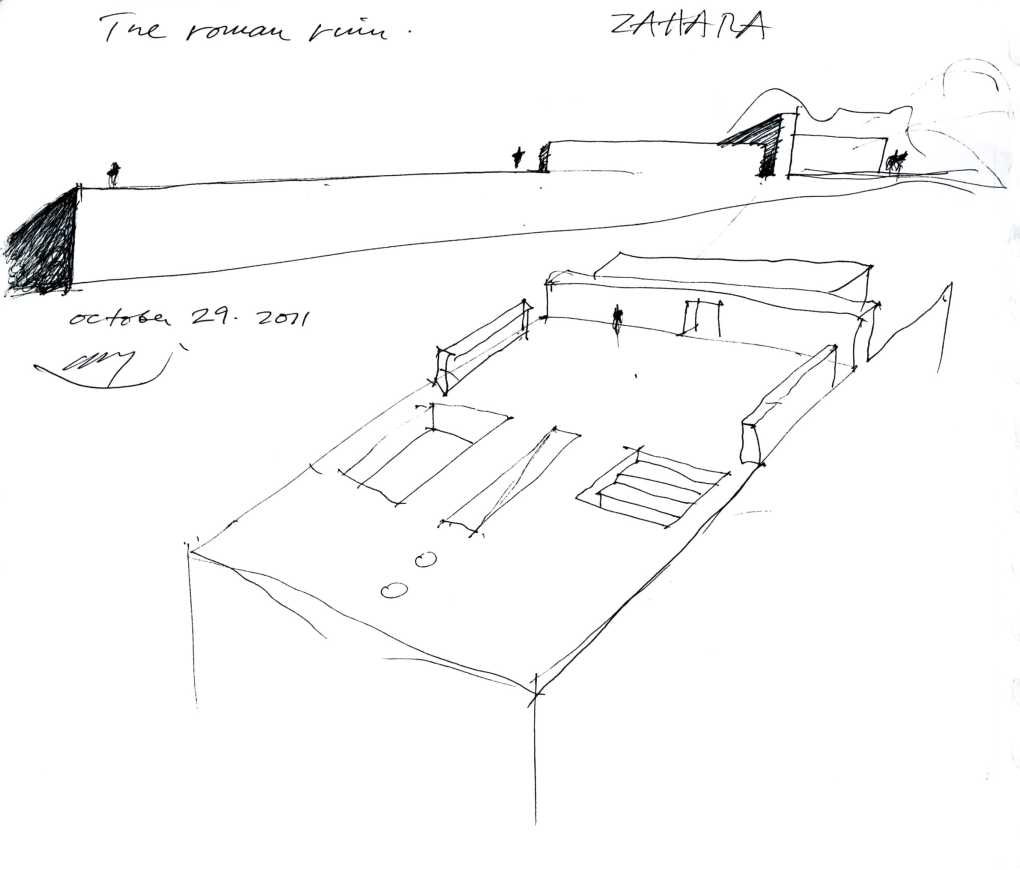





0 Comments